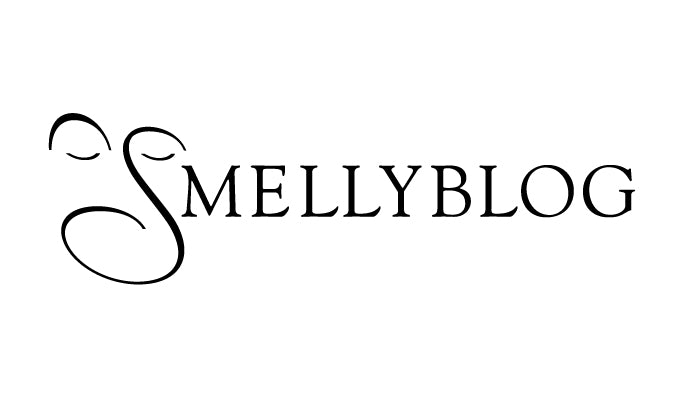
I spent the weekend in Jerusalem, and on my Friday’s twilight stroll, I found a bush of lilac in full bloom. The scent of fresh lilacs is dreamy yet also awakening with its subtle green twig nuances. The delicate aroma of the lilac branch I picked ealier, as well as my reunion with my lilac-lover friend Zohar made me crave a spritz of Ineke’s
After My Own Heart.
Ineke’s perfumes, unlike their longish titles, are minimalist and calculated. The lilac-bouquet named
After My Own Heart is an alphabetized representation of the emotion of longing and romance: a burst of lilac flowers, twigs and all, softly brushing against a blushing cheek in an anticipation for caressing kiss. A promise of love, the buds of passion invoked by hints of indole (I detect distant jasmine and cassie here...) and the luscious juice dripping off freshly picked raspberries. As the crushed twigs and rubbed petals lose their freshness, they make room for rosy and powdery accords, gradually sweetening into a dry out of musk, vanilla and heliotrope.
Lilac perfumes, and particularly ones that capture the imagination as well as the scent of these delicate flowers are sparse and few.
Lilac absolute, if it can at all be obtained, is not at all comparable to that of the fresh flowers. Therefore lilac perfumes relay heavily on the use of synthetic compounds that reconstruct the aroma of the fresh living flowers, usually by the means of the headspace technique*. The challenge with lilac as with other flowers that don’t yield themselves well to distillation is to create a genuine impression of the flower that does not feel too artificial and imposed. I’ve smelled this happen with Olivia Giacobettie’s En Passant, where the lilac is chilling, powdery and reminiscent of the blooming twigs and crushed leaves on a foggy day.
Ineke Ruhland’s After My Own Heart gives lilac a different interpretation, less abstract and aloof than
En Passant. It’s a romantic, dreamy lilac, creating a fleeting yet sensual presence of petals, powder, fruit and musk.
I'd like to conclude with the "transcript" of the little poem in the image above (from Ineke's website):
After and beforeToday and tomorrowSand becoming a waveWhat was it I saw at the top of the world as I fell asleep last night?I tried putting lilacs in your dreams You smiled in your sleepI hear your words like the windwhispering in my earthe most enchanting wordsafter my own heart
* According to
Bojensen.net, nowadays, lilac is often produced with the headspace technique. (E)-ocimene is the most dominant in the makeup of the scent, yet it is the furanoid terpene aldehyde , AKA
lilac aldehyde, benzyl methyl ether,
1,4-dimethoxybenzene (hydroquinone dimethyl ether) and indole which give lilac is characteristic odour. The other important odorants which give lilac its characteristic smell. Benzyl methyl ether has an intense fruity-etheral scent which is reminiscent of the top notes of ylang ylang. Lilac headspace also contains minute amounts of anisaldehyde, 8-oxolinalool, cinnamic alcohol and elemicin.
** To read another review of After My Own Heart, visit
Legerdenez

 Gentle and delicate, roses weave in and out like floating silk scarves of mysterious dancers. It dries down to the most beautiful woody powdery dry down, resembling high quality sandalwood incense in a Buddhist temple. Overall, it's a lovely soft woody-floral, with dewy rose playing an important role (not unlike how it is casted for the Al Mesk Abyad). I only wish the rose did not smell so artificial in this one, it really takes away from my enjoyment at first. But after the dry down it is a soft and smooth agarwood and musk for the most part - almost as if the formula is a hybrid between Al Mesk Abyad and Oud Omani.
Gentle and delicate, roses weave in and out like floating silk scarves of mysterious dancers. It dries down to the most beautiful woody powdery dry down, resembling high quality sandalwood incense in a Buddhist temple. Overall, it's a lovely soft woody-floral, with dewy rose playing an important role (not unlike how it is casted for the Al Mesk Abyad). I only wish the rose did not smell so artificial in this one, it really takes away from my enjoyment at first. But after the dry down it is a soft and smooth agarwood and musk for the most part - almost as if the formula is a hybrid between Al Mesk Abyad and Oud Omani.








